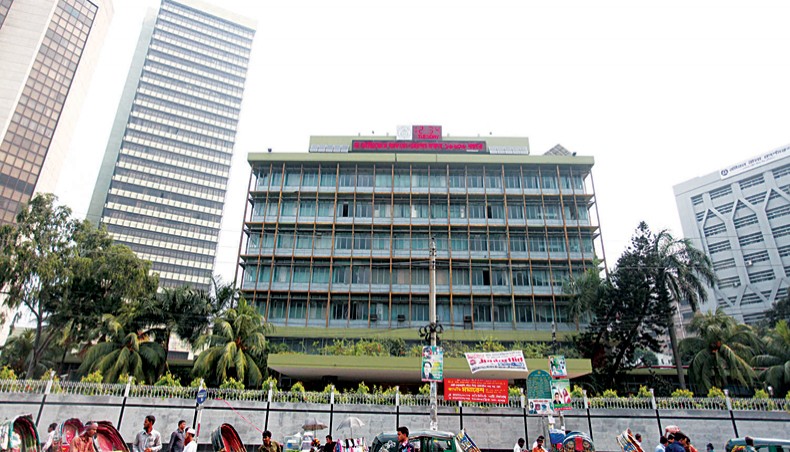The central bank discovered six types of statistical wrongdoing that inflated export data, a development that led to a multibillion-dollar correction.
Anomalies range from serial duplication errors to miscalculations of the value of fabrics to repeated miscounts of sample items as exports.
Bangladesh Bank sent a note to government agencies, explaining the rationale for the correction. The document seen by The Daily Star offers shocking glimpses into the extent of data inaccuracies with serious implications for the economy.
Discrepancies were covered last year by several media outlets, including this newspaper, but the massive correction by the central bank on July 3 in a balance of payments update came as a surprise to economists and business leaders.
To eliminate the anomalies, the central bank obtained export data from scheduled banks in the July-September period last year and verified them against statistics provided by the National Board of Revenue.
Bangladesh Bank found multiple entries, equivalent to 20 percent of the total dataset. The ratio of multiple entries to total exports in the previous months was 14 percent.
“So, the dataset did not give a true picture of the country’s exports,” the central bank concluded, explaining why it corrected data in the BoP for the July-April period.
As the document indicates, both the NBR and the Export Promotion Bureau (EPB) mishandled the export data.
The statistical revision, while it was necessary, raised questions about the country’s economic performance and the policy that revolved around it.
Actual exports in the July-April period of fiscal 2023-24 were nearly $14 billion below the shipment value of goods published by the EPB earlier, according to the central bank. The difference between export figures has been persisting for at least 12 years, with the gap crossing $12 billion in fiscal 2022-23.
The BB said multiple entries of shipments by customs officials at the NBR were the main reason.
In the case of garment orders under a manufacturing process known as cutting, making and trimming (CMT), the Export Promotion Bureau calculated the prices of fabrics and all accessories, although it was supposed to take into account the making charge only. That was another reason behind inflated data.
On many occasions, sample items shipped abroad for buyers were counted as exports, which means a certain value was assigned to those items with no export value.
The central bank said sales by companies inside the Export Processing Zones (EPZs) were counted twice — first during shipment from the EPZs to local firms and second during shipment from the ports by the exporters.
The document also said actual proceeds usually fall below the initial value mentioned in the letters of credit. The EPB did not adjust the discrepancy later.
Losses stemming from stock-lot sales, discounts and commissions were not adjusted by the EPB either, according to the BB.
The central bank arrived at these findings in its inquiry into the reasons behind the increase in net trade credit, the gap between reported shipment values and actual money flowing into Bangladesh.
Bangladesh Bank prepares the BoP, which reflects a nation’s transactions with the rest of the world, regularly based on data gathered from scheduled banks, the EPB, the NBR and other agencies.
GDP GROWTH MAY BE LOWER THAN GOVT ESTIMATE
Zahid Hussain, a former lead economist at the World Bank’s Dhaka office, said the central bank’s latest data on the BoP has remarkably altered the narrative on the drivers of external stress without changing the signal on the overall stress.
“The bottom line on persistent external imbalance remains pretty much the same but the composition is palpably different. The corrections made by the BB were long overdue,” he said.
“Hopefully, BB would appropriately correct the entire historic series to make sure the BOP data remains comparable over time. It appears BB has finally made a laudable attempt to present export values plausibly close to reality.”
Hussain said the most pressing implication of the correction of the shipment value of exports is for the GDP growth estimate.
He said the Bangladesh Bureau of Statistics (BBS) has projected GDP growth at 5.8 percent for FY24. In making this calculation, they projected a 5.63 percent growth in the real exports of goods and services.
Following the correction, economic growth may be about one percentage point lower than the government’s preliminary estimate.
Thus the 5.8 percent GDP growth could be 4.8 percent due to the shortfall in actual export growth relative to the export growth projected, other things equal, Hussain said.
Daily Star

